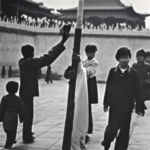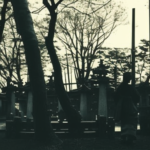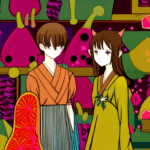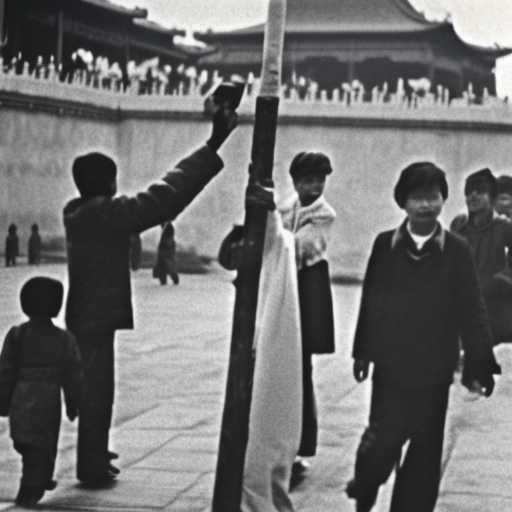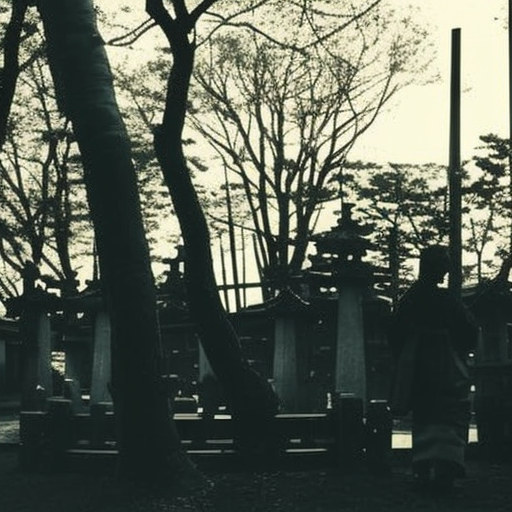The Cultural Revolution in China (1966-1976)
The Cultural Revolution in China was a tumultuous period of political and social upheaval that lasted from 1966 to 1976. It was initiated by Mao Zedong, the Chairman of the Communist Party of China, with the aim of reasserting his authority and purging perceived enemies within the party.
Background:
The Cultural Revolution was a response to the perceived failure of Mao’s Great Leap Forward, an economic and social campaign that resulted in widespread famine and economic turmoil. Mao sought to regain control and reestablish his revolutionary credentials by mobilizing the youth and encouraging them to challenge established authority.
The Red Guards:
Mao called upon students and young people to form paramilitary groups known as the Red Guards. These groups were tasked with upholding Maoist ideology, attacking the “Four Olds” (old customs, old culture, old habits, and old ideas), and targeting individuals deemed counter-revolutionary or bourgeois.
Political Purges and Factional Struggles:
The Cultural Revolution quickly escalated into a power struggle within the Communist Party. Mao’s supporters, known as the “Gang of Four,” sought to eliminate perceived rivals and consolidate their control. Many high-ranking officials, intellectuals, and artists were purged, imprisoned, or sent to labor camps.
Impact on Education and Intellectuals:
Schools and universities were shut down, and education was disrupted as students were encouraged to join the Red Guards and engage in revolutionary activities. Intellectuals, including teachers and professors, were targeted as representatives of the old order and subjected to public humiliation and persecution.
Violence and Chaos:
The Cultural Revolution unleashed widespread violence and chaos across China. Red Guards engaged in street battles, destroyed cultural artifacts, and attacked individuals associated with the old regime. Public humiliation and struggle sessions became common, as people were forced to confess their alleged crimes and denounce their colleagues and family members.
Economic Consequences:
The Cultural Revolution had severe economic consequences for China. The disruption of education and the purging of intellectuals led to a decline in productivity and a loss of human capital. Industrial production plummeted, and the country descended into economic stagnation.
End of the Cultural Revolution:
Mao’s death in 1976 marked the end of the Cultural Revolution. With his passing, the Gang of Four lost their influence, and a power struggle ensued within the Communist Party. Deng Xiaoping emerged as the new leader and initiated a series of reforms to stabilize the country and revive the economy.
Legacy:
The Cultural Revolution left a lasting impact on China. It shattered social and cultural norms, disrupted education, and caused immense suffering for millions of people. The country’s economy took years to recover from the damage inflicted during this period. The Cultural Revolution also led to a loss of faith in the Communist Party and a reevaluation of Mao’s legacy.
In conclusion, the Cultural Revolution in China was a tumultuous period characterized by political purges, factional struggles, violence, and economic disruption. Mao Zedong’s attempt to reassert his authority and purge perceived enemies within the party resulted in widespread chaos and suffering. The legacy of the Cultural Revolution continues to shape China’s political and social landscape to this day.



